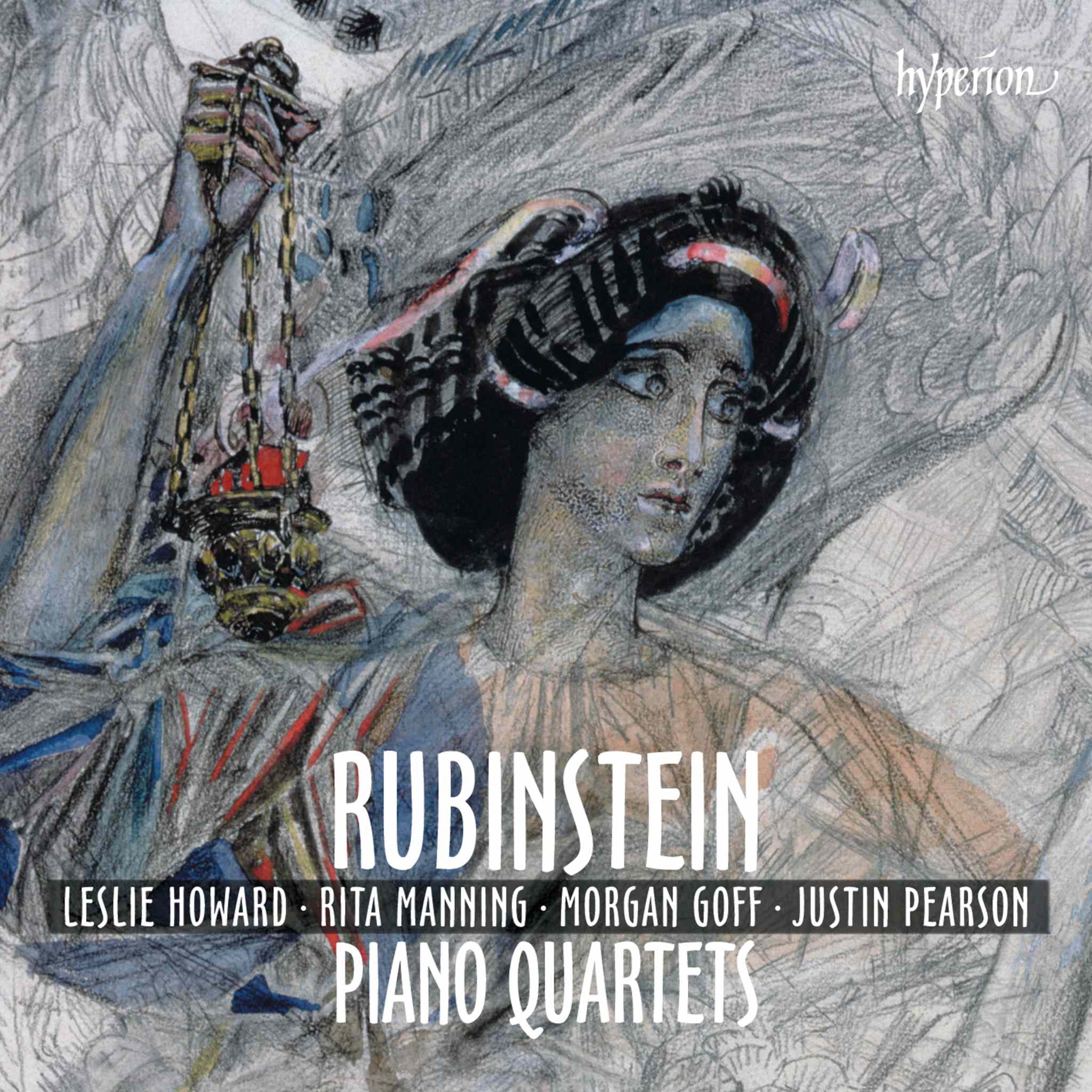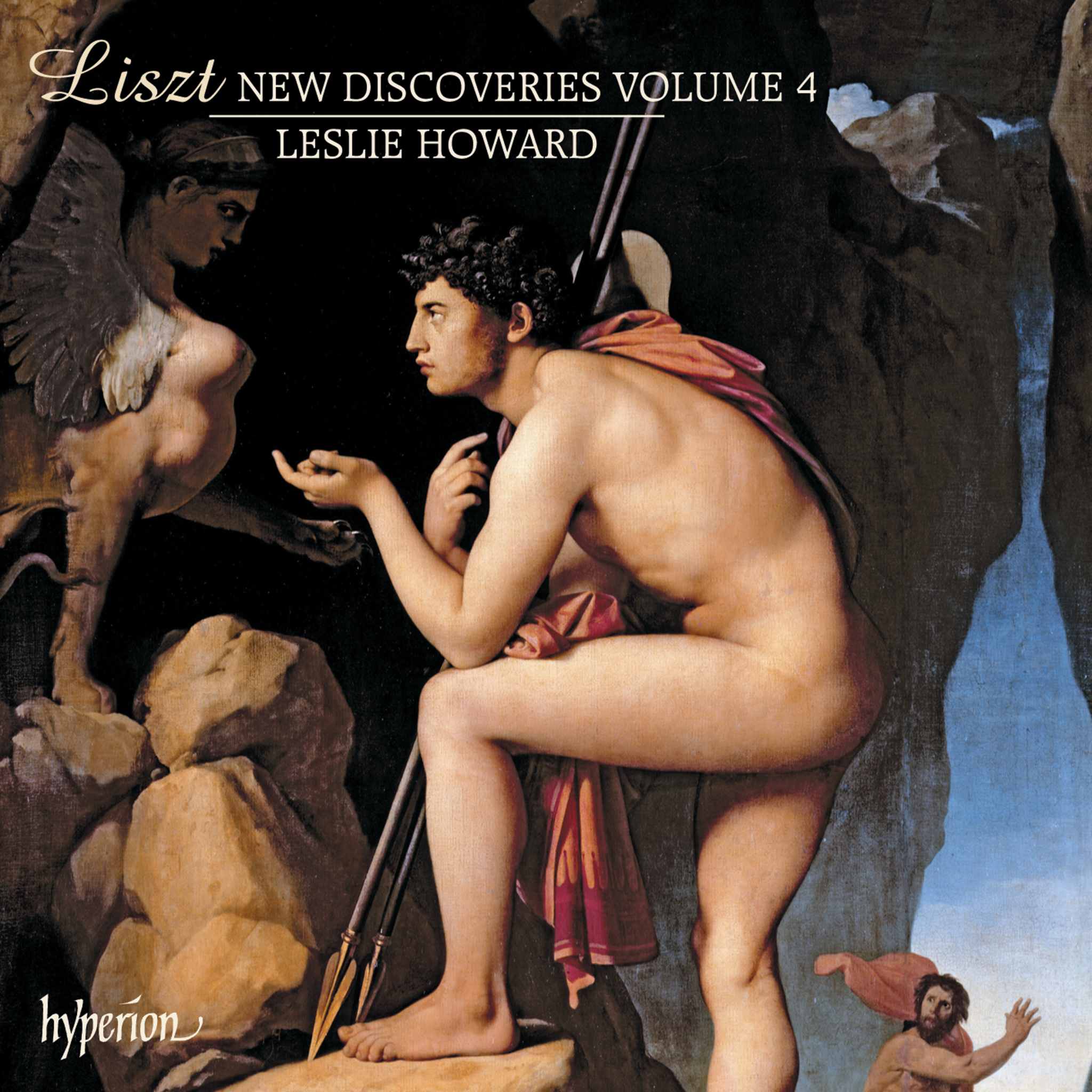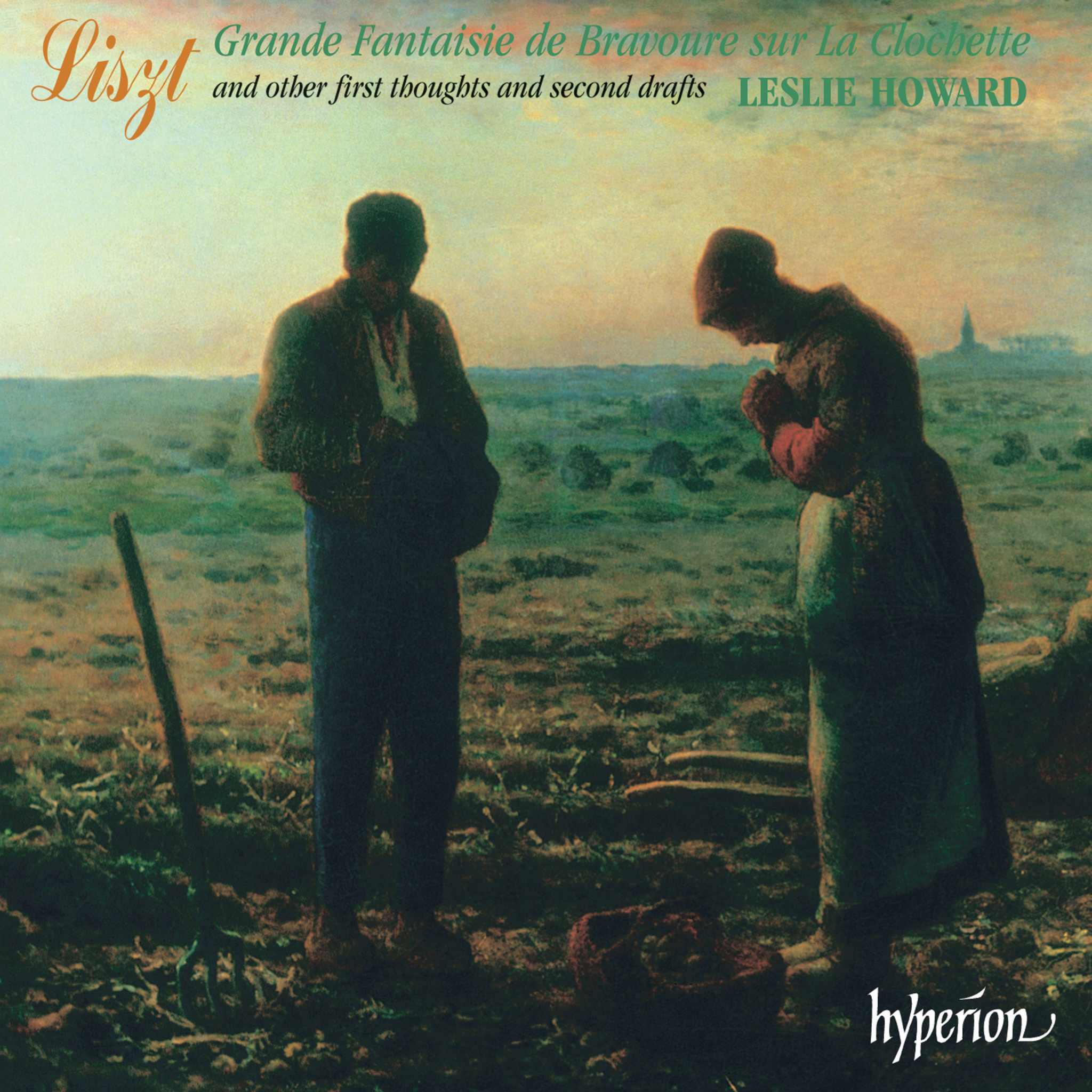Album insights
Haydn's initial stable employment lasted just over a year. Graf Morzin, who appointed him as Kapellmeister in 1759, faced financial difficulties soon after and had to disband his orchestra. Prince Paul Anton Esterházy, who had attended a concert at Morzin's summer castle in Bohemia, where Haydn conducted his 1st Symphony, was so impressed that he offered Haydn the position of deputy Kapellmeister at his court in Eisenstadt, south of Vienna. The contract, signed on May 1, 1761, marked the beginning of one of the most remarkable cases of musical patronage in the history of music, a relationship that lasted almost exactly 30 years.
As a young man, Prince Paul Anton had pursued a military career and achieved the rank of field marshal in battles of the 1740s. By the early 1750s, he shifted towards diplomacy, serving as Austria's envoy to the Neapolitan court, a role that impacted his musical tastes. He had a deep interest in music since studying with the Jesuits and could proficiently play various instruments. Upon returning to Austria, he introduced a small orchestra at his castle in Eisenstadt. When Haydn joined, the ensemble had already expanded, boasting leading virtuosos of the time, such as violinist Luigi Tomasini as concertmaster and cellist Joseph Weigl.
Initially, Haydn was entrusted with the freshly enlarged orchestra, enhanced with additional wind players from the military band, creating an experimental space for some of the most innovative orchestral compositions of the 18th century. This environment allowed him to experiment and refine his craft away from external influences, shaping his unique artistic expression.
Influenced by the Italian musical tastes of the Prince, Haydn composed a series of symphonies inspired by Vivaldi's "The Four Seasons." These compositions were introduced in performances at the Esterházy palace in Vienna in May or June 1761. Haydn tailored these works to please the Prince's musical preferences while showcasing the talents of his orchestra, especially highlighting Tomasini's violin artistry.
Haydn's debut symphonies under Prince Esterházy showcased his ability to blend Italian musical elements with his own innovative style. Despite not following a detailed program, Haydn's compositions aimed to engage the audience with evocative musical narratives, a fusion of the baroque concerto and Concerto grosso style. Through intricate instrumentation and thematic development, Haydn's symphonies captivated listeners and demonstrated his unique compositional genius.





